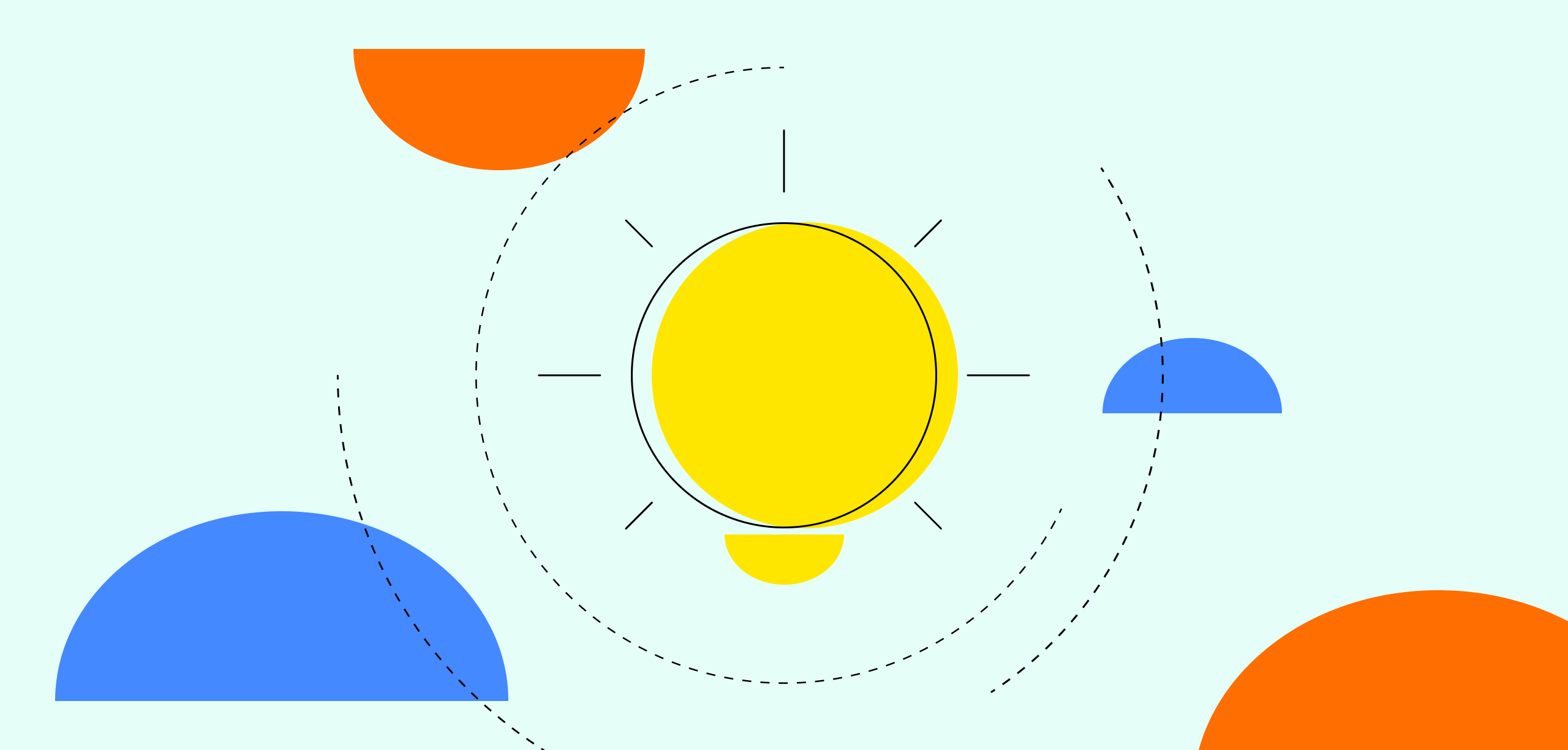Inquisitive mind? Subscribe to our LB* Insights newsletter. No fluff, just stories to make you think.
The basis of creating good products and services is a creative process called Product Discovery, also known as product exploration or discovery. The goal of the Discovery process is to deliver a working product or part of it to users as soon as possible, with the most tangible evidence that the product team will achieve the originally intended goal, and with the knowledge that the solution is technically feasible.
To make this happen, the product team seeks answers to the following questions:
- Will users want to use it?
- Will it bring business results to the company?
- Is it technically feasible?
- Will the interested parties support this solution?
How to start with exploration
In order to even start with Product Discovery, you need to have a lot of ideas at hand. Don’t be afraid of them, ideas are friends. Friends that need to be collected and categorized.
Ideas can come out of user interviews or research, your customer service or sales department. The insights of colleagues from the "first line" (branch employees) or other teams are also fantastic resources. Last but not least, you can also do data analysis and find patterns.
You can also find tips on where to look for opportunities in this article on exploration.
FOR DOWNLOAD: Product Discovery Guide
Prioritizing ideas
No matter where you get your ideas (opportunities, problems) from, it's good practice to store them in the Discovery backlog. You then have to choose the ones with the greatest potential. I recommend that you standardize the format by answering the following questions:
- [What] What do we want to solve? What key problem or opportunity does the proposed idea address?
- [Who] Who does it concern? Who is the target group in this case?
- [Why] How will we know that we have solved the problem? What exactly do we expect and how could we measure it?
The selection of ideas or their prioritization can be done with the help of one of the prioritization techniques such as PIE, RICE, MoSCoW, etc. If more stakeholders are involved in decision making, the Bull’s Eye Diagram works well.
The prioritized ideas are then validated by the product team. They find out if these ideas make sense in terms of feasibility, demand and business performance, so you can decide which ideas make sense to invest in.
In Lighting Beetle*, we use the so-called Idea validation, but you may also be familiar with Business Problem Statement or Opportunity Canvas.
10 principles of Product Discovery
Before you start with the actual discovery, remember these 10 principles of the Product Discovery phase. I compiled them based on observation and research of successful and less successful exploration teams. They are inspired by the principles of exploration from SVPG from Marty Cagan's diary entries.
1. Customers don't tell us what they want. (As my colleague Michal Blažej says, you don't want the customer to design for you.)
2. The most important thing is to create value for the customer.
3. The goal is to validate ideas as soon as possible and as cheaply as possible.
4. We need to test ideas with real customers.
5. Development is hard, but UX is usually harder and even more crucial.
6. Functionality, design and technology are closely interconnected.
7. Technical feasibility must be verified during the Discovery phase.
8. Prototypes are a great tool in exploration.
9. During the Discovery phase, it is essential to involve all important stakeholders.
10. Most of our ideas won't work, and those that do need to be iterated.
These 10 principles should be the mantra of the product team in a Discovery phase, where a product manager, a UX researcher, an interaction designer and a data analyst should primarily be involved.
This team is tasked with constantly researching user behavior and trying to change it to generate results. For example, if Spotify users spend more time listening to music, their Spotify Premium retention will increase. The team's main goal is to eliminate the risk that the Product Delivery phase will be proposed a solution which will not work or perform as expected later on.
Do you want to find out if you need a product team and who should be in it? Read my previous article about building product teams and their impact on a company's customer experience level.
Looking for concrete steps to launch your product? Read our Product Discovery Guide first. It will walk you through a 7-step process that maximizes your chances for success.

